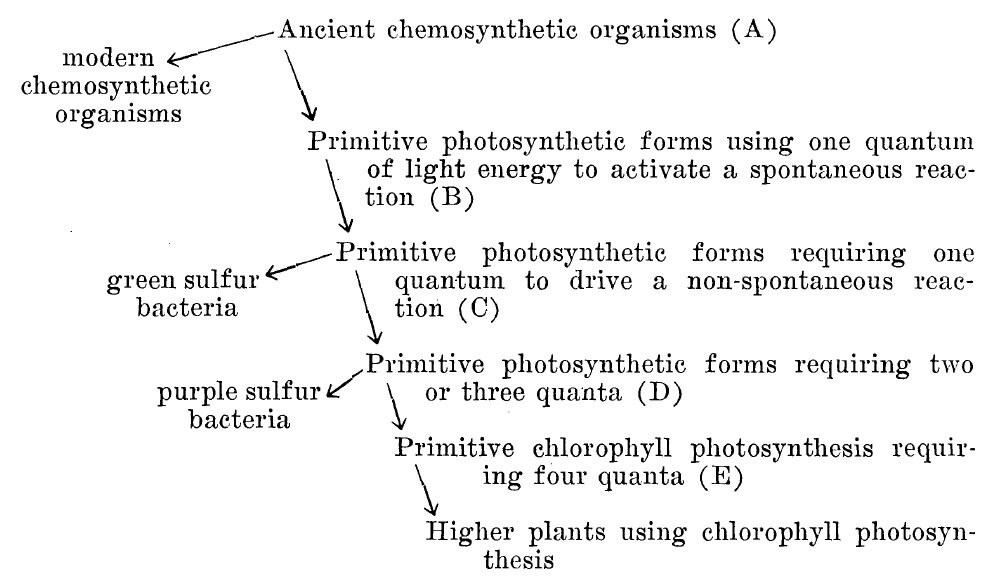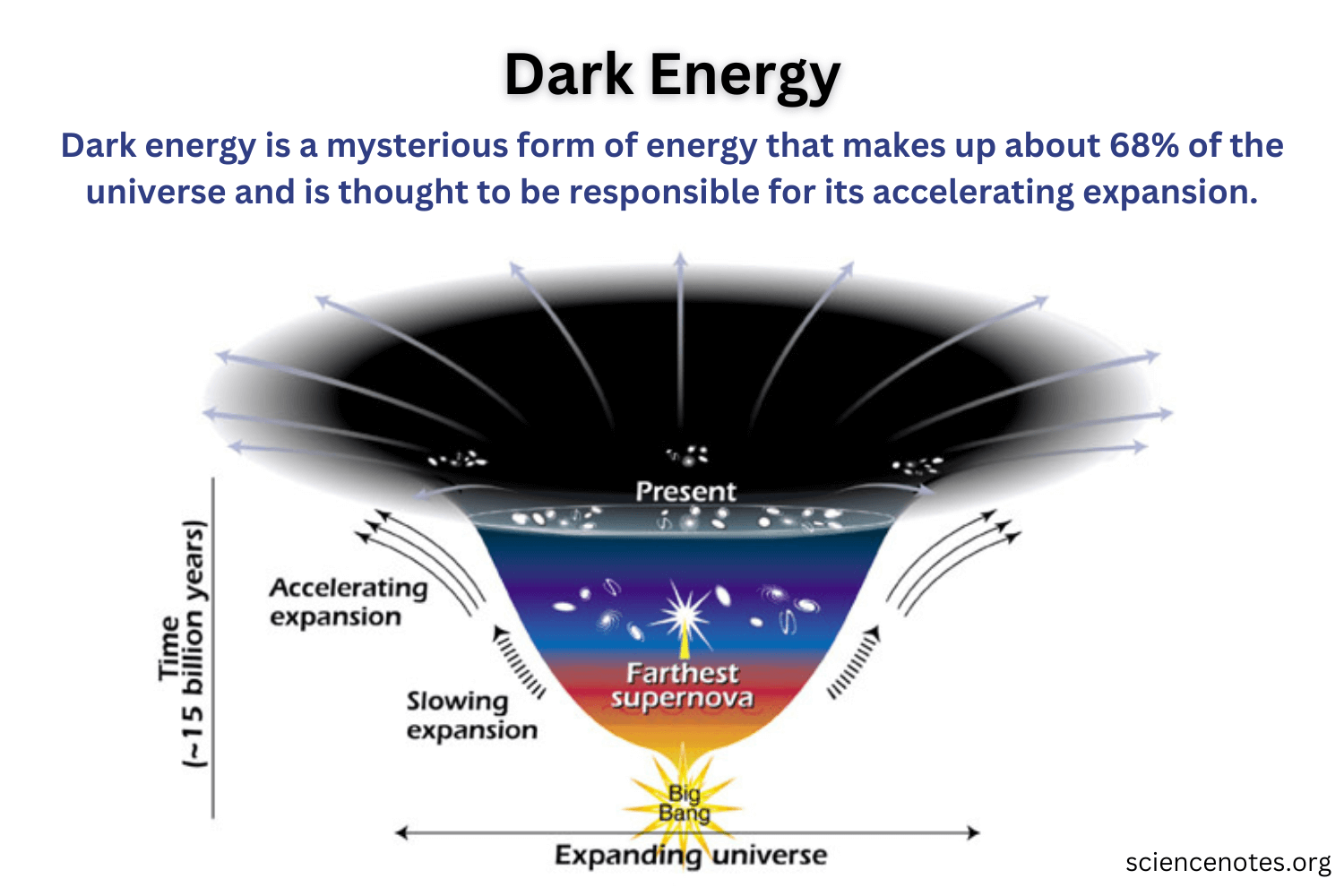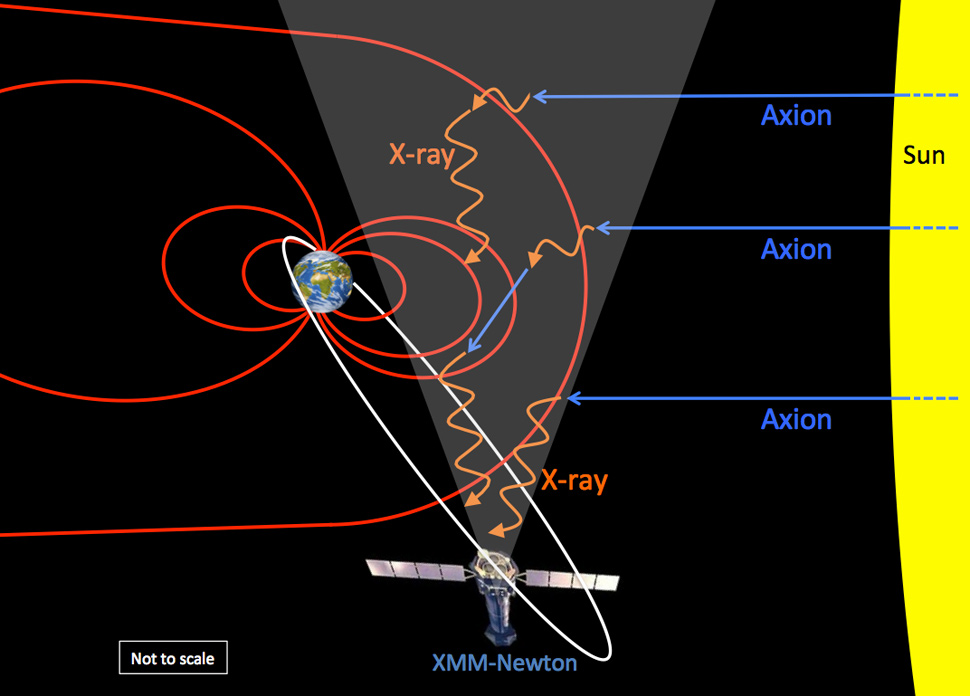
Evolution of Photosynthesis: Solving the Chicken-or-Egg Dilemma
The evolution of photosynthesis marks a pivotal moment in Earth’s history, fundamentally transforming the planet’s atmosphere and ecosystems. Approximately 2.4 billion years ago, cyanobacteria began producing oxygen as a waste product of photosynthesis, triggering the Great Oxidation Event and allowing life forms to thrive through aerobic metabolism. This remarkable shift raised crucial questions, resembling the classic chicken-or-egg question: did the capacity to generate oxygen through photosynthesis precede or follow the development of oxygen-consuming processes in organisms? As researchers explore the molecular underpinnings of this phenomenon, the discovery of methyl-plastoquinone presents intriguing insights into earlier life forms that may have practiced oxygen utilization long before cyanobacteria. Thus, the evolution of photosynthesis continues to illuminate the complex interactions that shaped the vibrant biosphere we know today.
The advancement of light-driven energy conversion processes can be traced back to a time when primitive microorganisms began harnessing the sun’s energy. This significant development set the stage for the intricate dance between oxygen production and consumption that defines aerobic life systems. Researchers delving into this biological evolution often ponder the sequence of events surrounding oxygen generation and subsequent aerobic respiration. The recent identification of a unique molecule known as methyl-plastoquinone may bridge the gap in our understanding of how early bacteria thrived in environments rich in oxygen, laying the groundwork for more complex forms of life. Such discoveries invite us to rethink our assumptions and connect the dots between early biochemical systems and the flourishing diversity of organisms present on Earth today.
The Evolution of Photosynthesis: Key to Oxygen Production
Photosynthesis represents a pivotal innovation in the history of life on Earth, enabling organisms like algae and plants to convert sunlight into energy. This process not only allows them to generate food but also facilitates oxygen production as a vital byproduct. The significance of oxygen production through photosynthesis is underscored by its role during the Great Oxidation Event, which transpired around 2.3 billion years ago. At this time, cyanobacteria began producing large amounts of oxygen, thereby transforming the Earth’s atmosphere and paving the way for aerobic metabolism.
As life diversified, the ability to harness oxygen became critical. Photosynthesis supplied the necessary oxygen that facilitated the evolution of aerobic respiration in animals, allowing them to efficiently extract energy from food. This interdependence between producers and consumers of oxygen underscores the importance of understanding the evolution of photosynthesis. Research into ancient photosynthetic processes, including the discovery of molecules like methyl-plastoquinone, sheds light on how early life forms adapted to this new oxygen-rich environment.
Aerobic Metabolism: The Other Side of the Equation
Aerobic metabolism, the process by which living organisms convert food into energy using oxygen, is fundamentally linked to the evolution of life itself. This biochemical pathway allows for a high yield of ATP, the energy currency of the cell, making it indispensable for complex life forms. As organisms evolved to depend on aerobic metabolism, they required mechanisms to handle the byproducts of oxygen-related reactions, which can be damaging without appropriate safeguards. Understanding aerobic metabolism reveals insights into how life forms developed various adaptations to thrive in environments rich in oxygen.
The relationship between aerobic metabolism and photosynthesis raises intriguing questions about the timeline of life’s evolution. Did early bacteria harness oxygen for respiration before photosynthesis became prevalent? This ‘chicken-or-egg’ dilemma highlights the significance of milestones in evolution, particularly the Great Oxidation Event. The ability of certain ancient bacteria to utilize oxygen might suggest that aerobic metabolic pathways co-developed alongside photosynthesis, reflecting a complex interplay between different life forms adapting to survive in a changing environment.
Methyl-Plastoquinone: A Molecular Link
The discovery of methyl-plastoquinone presents a fascinating glimpse into the evolutionary history of metabolism. Initially identified in a nitrogen-utilizing bacterium, this molecule was found to share characteristics with those used by plants for photosynthesis. This remarkable finding suggests that this molecule could represent a transitional form, bridging the processes of photosynthesis and aerobic metabolism. The implications of this discovery are profound, indicating that early life forms might have had a more complex relationship with oxygen than previously understood.
Methyl-plastoquinone can be envisioned as a ‘living fossil’—a remnant of a molecular system that has persisted for over 2 billion years. Its existence suggests that some microbial life forms had already evolved the ability to utilize oxygen before the vast increases in atmospheric oxygen levels during the Great Oxidation Event. This challenges the conventional narrative of a linear progression from photosynthesis to aerobic respiration, suggesting instead that these processes may have co-evolved in a remarkable example of life’s adaptability.
Connecting Photosynthesis and Aerobic Metabolism
As researchers delve deeper into the biochemical pathways that define life, the connections between photosynthesis and aerobic metabolism emerge as a central theme. The ability to produce oxygen through photosynthesis is fundamental to the evolutionary success of aerobic organisms. Understanding how these systems interact offers valuable insights into the dynamics of Earth’s early biosphere. The accidental discovery of molecules like methyl-plastoquinone tantalizes scientists, as these compounds may hold keys to understanding ancient metabolic pathways that allowed life to thrive under varying oxygen levels.
The narrative woven by these findings emphasizes that photosynthesis is not merely about converting sunlight into energy; it also facilitated the atmospheric changes that allowed aerobic organisms to flourish. This interdependence hints at a shared evolutionary trajectory, wherein the development of oxygen-producing organisms permitted the rise of oxygen-utilizing life forms. The study of these relationships provides crucial context for modern ecological and evolutionary dynamics, highlighting the significance of historical metabolic processes in shaping the diversity of life we observe today.
The Great Oxidation Event’s Impact on Evolution
The Great Oxidation Event marks a monumental shift in Earth’s biogeochemical cycles, initiated by the prolific oxygen production of cyanobacteria through photosynthesis. This event not only enriched the atmosphere with oxygen but also created an environment that supported the evolution of aerobic metabolism. Before this transition, Earth’s organisms thrived in oxygen-poor conditions, relying on anaerobic processes. The arrival of oxygen changed everything, resulting in a mass extinction of anaerobic species while simultaneously allowing aerobic life forms to adapt and evolve.
Understanding the dynamics of the Great Oxidation Event is crucial for comprehending how life adapted to the presence of oxygen. The interplay of photosynthesis and aerobic metabolism highlights this transition as a catalyst for the rise of complexity in life. It has been suggested that the adaptations required to manage the byproducts of oxygen utilization were key to the successful evolution of eukaryotic cells, which led to the diversification of multicellular organisms. This evolutionary leap underscores the importance of oxygen not just as a resource but as a vital player in the history of life on Earth.
The Role of Quinones in Metabolism
Quinones play a crucial role in various metabolic pathways across different life forms, serving as electron carriers that facilitate energy transfer in cellular respiration and photosynthesis. The discovery of methyl-plastoquinone introduces a new layer to our understanding of how these molecules evolved. Traditionally classified into aerobic and anaerobic categories, the identification of methyl-plastoquinone suggests that there is a previously unrecognized metabolic flexibility that may have existed in ancient organisms. This complexity points to a more intricate evolutionary history concerning the use of oxygen and energy processing.
In essence, quinones exemplify the adaptation of life to available energy sources, highlighting the evolutionary pressures that shaped cellular metabolism. The variations among quinones found in plants and mammals illustrate how metabolic requirements led to diverse biochemical paths, allowing organisms to exploit different ecological niches. Understanding these molecular dynamics grants insight into evolutionary biology, demonstrating how life continues to adapt and innovate through intricate biochemical mechanisms.
Research Advances: Unveiling Evolutionary History
Recent scientific discoveries have propelled our understanding of the evolutionary history tied to the production and consumption of oxygen. Research surrounding methyl-plastoquinone and its implications for both photosynthesis and aerobic metabolism underscores a burgeoning field of study. By investigating such molecules, scientists are piecing together the complex interplay that existed in early life forms, thereby illuminating how evolutionary processes orchestrated the transition to oxygen-rich environments. The revelations from ongoing research not only have historical significance but also offer potential insights into current biodiversity and ecosystem resilience.
As researchers continue to connect molecular structures like quinones to evolutionary milestones, the implications extend beyond single-celled organisms to encompass the vast diversity of life today. Understanding the evolution of photosynthesis and its symbiotic relationship with aerobic metabolism sheds light on the biochemical complexity that has arisen over billions of years. This promising area of research highlights the importance of historical inquiry in addressing contemporary challenges, including ecological adaptation and conservation strategies in the face of environmental change.
The Interplay of Photosynthesis and Aerobic Respiration
The interplay between photosynthesis and aerobic respiration showcases a fundamental ecological relationship that underscores the cycling of nutrients and energy within ecosystems. Photosynthesis serves as the primary means of capturing light energy and converting it into chemical energy, simultaneously producing oxygen, a vital component for aerobic respiration. This relationship exemplifies the interdependence between producers and consumers in the biosphere, illustrating how the activities of photosynthetic organisms shape the environments in which aerobic organisms thrive.
This ecological dynamic is critical for sustaining life, as it establishes a feedback loop that promotes biodiversity. By examining the biochemical processes that govern photosynthesis and respiration, we gain valuable insights into how energy flows through ecosystems. The discovery of molecules like methyl-plastoquinone not only highlights the intricate connections at play but also emphasizes the evolutionary significance of these pathways. As life continues to adapt in response to environmental changes, understanding these foundational processes remains vital to appreciating the complexity of Earth’s biosphere.
Conclusions: The Future of Photosynthesis and Respiration Research
The ongoing research into photosynthesis and aerobic respiration invites exciting possibilities for the future, as scientists work to unravel the complexities of these interconnected processes. The findings surrounding methyl-plastoquinone demonstrate that ancient molecular systems continue to influence modern biochemical pathways, serving as essential links in our understanding of evolution. This knowledge not only enriches our perspective of life’s history but also prompts further exploration into how these processes can be harnessed to address present-day challenges, such as climate change and sustainable energy.
As we look ahead, the focus on the evolution of photosynthesis and aerobic metabolism offers invaluable lessons about resilience and adaptation. Continued investigation into the molecular underpinnings of these processes will provide key insights into the mechanisms that sustain life. Evaluating the interplay of energy capture and consumption through the lens of evolutionary biology not only informs our understanding of past developments but also paves the way for future innovations that could benefit both ecological health and human progress.
Frequently Asked Questions
What is the significance of the Great Oxidation Event in the evolution of photosynthesis?
The Great Oxidation Event, which occurred around 2.3 to 2.4 billion years ago, marks a pivotal moment in Earth’s history when cyanobacteria began producing large amounts of oxygen through photosynthesis. This oxygen production fundamentally altered the planet’s atmosphere, enabling aerobic metabolism to evolve in organisms. Thus, the Great Oxidation Event not only highlights the importance of photosynthesis but also its role in facilitating the development of life forms that rely on oxygen.
How does the discovery of methyl-plastoquinone relate to the evolution of photosynthesis?
Methyl-plastoquinone is a newly discovered molecule that serves as a potential link between oxygen-producing photosynthesis and the oxygen-consuming aerobic metabolism. Found in a nitrogen-utilizing bacterium, this molecule resembles those used by plants in photosynthesis. Its discovery suggests that some bacteria may have utilized oxygen prior to the widespread oxygen production by cyanobacteria, thus providing insights into the evolutionary timeline of photosynthesis and aerobic respiration.
Did the ability to produce oxygen through photosynthesis evolve before aerobic metabolism?
This question, often referred to as the chicken-or-egg question, remains a topic of research and debate. While the Great Oxidation Event suggests that photosynthesis, via cyanobacteria, produced oxygen first, the discovery of methyl-plastoquinone indicates that some bacteria might have been capable of aerobic metabolism before significant oxygen production occurred. This implies that aerobic metabolism and photosynthesis may have evolved concurrently rather than sequentially.
What role did aerobic metabolism play in the evolution of life forms after the Great Oxidation Event?
Aerobic metabolism, which relies on oxygen to convert food into energy, became feasible after the Great Oxidation Event due to the significant increase in atmospheric oxygen levels from photosynthesis. This transition allowed for the evolution of more complex life forms, as aerobic processes are typically more efficient at producing energy than anaerobic ones. Consequently, the ability to breathe oxygen opened the door to the diversification of life on Earth.
What can we learn from the evolutionary mechanisms of photosynthesis and aerobic metabolism?
Studying the evolution of photosynthesis and aerobic metabolism allows us to understand how organisms adapted to harness and utilize oxygen. The intricate biochemical systems that evolved to process the metabolic byproducts of oxygen are critical for sustaining aerobic life. Discoveries like methyl-plastoquinone highlight the complexity and interconnectivity of metabolic pathways, providing insights into the evolutionary history of life on Earth.
| Key Point | Description |
|---|---|
| Accidental Discovery | Research led to the discovery of methyl-plastoquinone, a molecule bridging photosynthesis and aerobic metabolism. |
| Photosynthesis vs. Aerobic Metabolism | Photosynthesis produces oxygen; aerobic metabolism consumes it. |
| Great Oxidation Event | Occurred 2.3-2.4 billion years ago, marking a significant increase in atmospheric oxygen. |
| Quinone Discovery | Methyl-plastoquinone represents a third type of quinone thought to provide clues about evolutionary history. |
| Evolutionary Implications | Finding suggests that aerobic bacteria may have existed before cyanobacteria started producing oxygen. |
| Biochemical Significance | The existence of biochemical systems to handle oxygen was essential for life diversification. |
Summary
The evolution of photosynthesis represents a pivotal moment in Earth’s history, potentially leading to the development of aerobic life forms. Recent discoveries, such as the identification of methyl-plastoquinone, support the notion that both oxygen production and consumption may have co-evolved, offering insights into the early biochemical systems that allowed for life’s adaptation to oxygen-rich environments. This research might change our understanding of the timeline and processes that facilitated the great diversity of life we see today.



